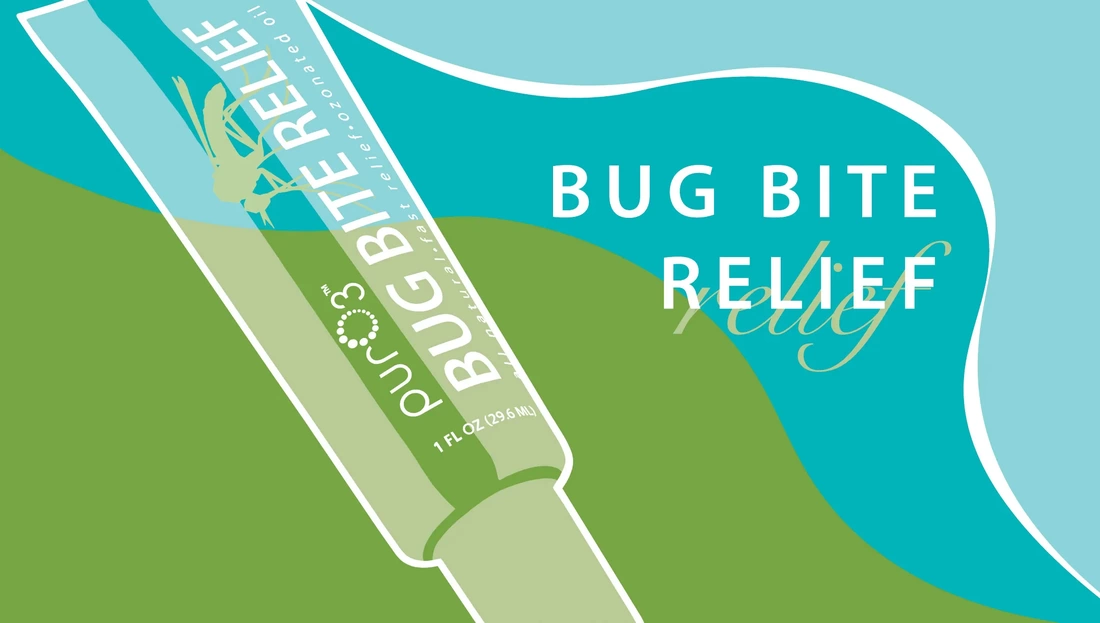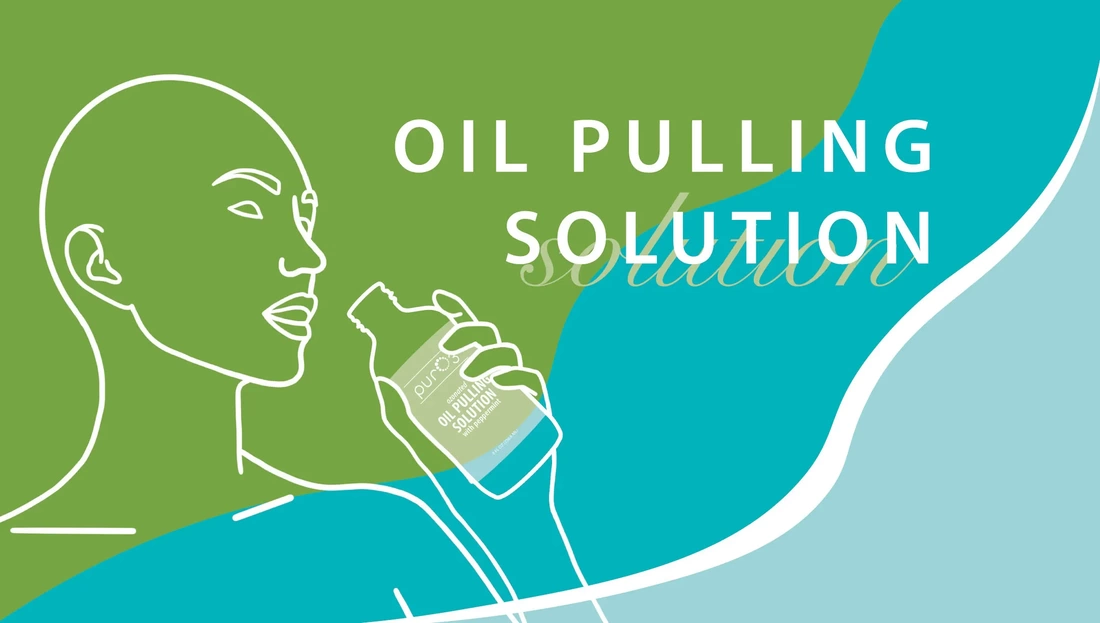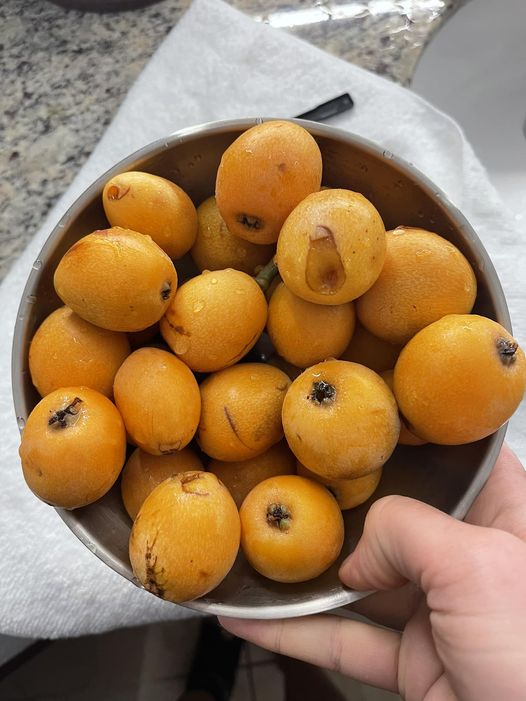|
Nobody likes bug bites: they itch and sting, can swell, or even become a rash if nothing is done to treat them.
To combat nature’s annoyance, we created a blend of our organic ozonated oils (Sunflower, Hemp, Olive, and Avocado) with the inclusion of two other powerhouse oils: clove and rosemary, in our PurO3 Bug Bite Relief. You may know about the benefits of our ozonated oils, but you may not know about the benefits of rosemary oil or clove oil and their applications in regard to bug bites. Clove oil has been utilized for years in dentistry for pain relief (1) and for its antiseptic, analgesic, and antimicrobial properties. It can help with the pain from bug bites, giving a slow, long-lasting, numbing effect to the bite site. It can also be used to reduce the risk of infection. Rosemary oil has been used medicinally for many years because of its anti-inflammatory and pain-relieving properties. Rosemary oil not only has antiseptic and antimicrobial properties but can also act as a natural preservative. It has been shown to be an incredible deterrent for bugs; depending on where you live and what bugs you have in your area, rosemary oil could prevent future bug bites (2). Our PurO3 Bug Bite Relief is available in 1oz tubes, ideal for on-the-go use. Whether you are hiking, camping, or just hanging out on the deck, our Bug Bite Relief is a great resource to have on-hand: ready when you are. Sources
(This information is provided by https://shop.puro3.com/blog/finding-relief-from-the-itch-and-pain-of-bug-bites-is-easy/) We also have some tooth cleaning products, ask the front desk for more information!
0 Comments
Oil Pulling: An Ancient Practice in the Modern World Posted by Olivia Lobb- Read time: 4 minutes6/30/2023 If you like mouthwash, you’ll love oil pulling. Initially, oil pulling may sound like some kind of complex exercise, another obstacle for the brain. In reality, oil pulling is simply “swishing.”
Although the term “oil pulling” may not be one that comes up in casual conversation, oil pulling is not a new practice by any means: in fact, it’s ancient. The History of Oil Pulling Oil pulling was first seen in use three thousand years ago within a natural medicine practice from India called “Ayurveda.” The term itself is in Sanskrit and is a combination of two other words: “ayur,” meaning life, and “veda,” meaning science or knowledge. (1) Essentially, Ayurveda is the science, or the knowledge, of life. Oil pulling has a home in the United States because of its simplicity and naturalistic nature. All that is needed to take part in the practice is an oil and your mouth. It’s like mouthwash, but a lot more natural. How do I practice Oil Pulling? First, one must have the previously mentioned oil. Many kinds will work, but if you need a recommendation, our five-star rated PurO3 Ozonated Oil Pulling Solution holds all the benefits of oil pulling. It includes oil that is ozonated, then finished with a delightful peppermint flavor. To allow the oil to do its thing, start swishing for about five minutes per sitting. If you need to go slower, do it. Work your way up, listen to your body. Once you’ve mastered five minutes (internet fist-bump), step up that time. Ideally, time spent swishing should be between 10 to 15 minutes. You’ll dispose of used oil in the trash rather than the sink to prevent clogs when finished. If you have mastered mouthwash, you can master oil pulling with a little patience and a lot of pay-off. Besides getting to avoid the nauseating collection of ingredients on a bottle of mouthwash, why might someone choose to use oil pulling? Why choose Oil Pulling As far as research can deduce, none of the popular oils used to perform the art of oil pulling has ever stained the teeth. The same is not true about some store-bought mouthwash, which usually includes a colorful dye listed somewhere on their complex back label. Staining hues include blue or green. (2) I prefer a whitening effect, one of the potential benefits of oil pulling. (3) Aesthetic applications are only the beginning in a list of benefits oil pulling offers. The mouth houses bacteria and, as I’m sure you suspect, not all of them are necessarily great for your health. Bacteria within the mouth can bind to create plaque, work to destroy enamel and even cause gum disease. Oil pulling, in response, attempts to work as a system to reduce plaque and to rid the mouth of looming and nefarious bacteria. Studies have shown that oil pulling solutions containing coconut oil could be beneficial in this capacity and could be a helpful inclusion in your daily dental routine. (4) Similarly, oil pulling solutions containing sesame oil have been found to be as effective as chlorhexidine against plaque-induced gingivitis (5). Our solution contains both oils, with the bonus of sunflower oil, which has also been shown to reduce plaque-induced gingivitis. (5) Your Mouth and Your Health While the mouth might seem like merely one aspect of the body, your dental health has the potential to affect more than just your teeth. Everyone wants gorgeous teeth to dazzle on-lookers with the flash of a smile, but dental health has more than just surface-level applications. Studies have shown that people diagnosed with gum disease have double or triple the risk of experiencing a heart attack, stroke, or a serious cardiovascular event. (6) The presence of gum disease can also worsen other diseases such as atherosclerosis and diabetes, and can even potentially lead to pregnancy complications. (7) Oral health, along with nutrition, is essential to living a healthy life. (8) It is important to note that oil pulling itself is not a substitute for your yearly dental visits. Don’t break up with your dentist just yet. Instead, think of oil pulling as a supplemental practice: designed to reduce inflammation, discourage plaque (and the nastiness that comes along with it), and, as a bonus, even open up the possibility of making those pearly whites even whiter. All while proudly toting the badge, “natural.”
PSA: If you ARE NOT getting your Calcium or your Magnesium from real food, then it's coming from limestone. Examples to look for on your supplements are citrate, glycinate, carbonate and lactate. Limestone is also used for road and building construction. *Magnesium, Calcium and all vitamins by themselves are not assimilated by the body. Your body needs whole foods that contain all the vitamins and minerals your body needs to absorb vitamins and minerals. This is why they are called whole foods. Supplements are unregulated for the most part and are generally isolated and manufactured to look like a vitamin, and they include ingredients, fillers and chemicals to help extend their shelf life. In contrast to plant minerals, most mineral supplements contain minerals that are derived directly from rocks - for example calcium carbonate is the rock known as limestone. Alternatively, they may be chemically produced in a lab to create a mineral salt. Our body is not accustomed to utilizing minerals that are not found in the form of food so the rock minerals are much less bioavailable and can even be irritating to the gut, causing more distress than good. Your liver and kidneys, adrenals and digestion have to go into overdrive to try to break down and filter these synthetic ingredients. It is not reasonable to think the body actually recognizes these things as usable nutrition. The key if you are highly sensitive or have digestive issues or sleep issues (which a magnesium supplement is not helping with- I know this is an unpopular opinion), that you begin to remove these artificial products and move towards a whole food and primarily plant based lifestyle. **This doesn't have to be hard and can actually be fun especially when you notice the difference in how you feel. Starting may be the hardest part. Don't let the ship of your health and aging gracefully, sail; reach out for resources, recipes and hacks on how to turn that ship around before that happens and you find yourself like everyone else - accepting "I'm just getting old" and adding a new medication or two (or five) every other year. It's never too late. Your body was designed to and wants to heal. We utilize Standard Process for many of our supplement recommendations. These are "whole food" supplements. If you have more questions, contact us for an online consultation. We will go through a thorough health history and make recommendations based your individual needs. https://us.fullscript.com/welcome/rhconline/signup If you struggle with frequent yeast infections or experience chronic fatigue, an overgrowth of Candida yeast may be to blame. (5)(10) Although the exact cause of Candida overgrowth remains unknown, diets high in sugar and processed foods appear to be a significant contributor. (28) Keep reading to learn more about Candida overgrowth and how diet and supplements may help alleviate Candida symptoms.
The Candida diet promotes the consumption of non-starchy vegetables, lean protein, healthy fats, and gluten-free grains. What is Candida?Candida is a genus of yeast that occurs naturally on the skin and in body cavities, including the oral cavity, digestive tract, and genitourinary tracts. The most common Candida yeast is the species Candida albicans. (7) Although it’s normal for Candida to exist on the skin and in the body in small amounts, certain factors such as stress, infection, or antibiotic use may disrupt the healthy balance of your intestinal flora, leading to yeast overgrowth. Candida overgrowth is also commonly referred to as candidiasis. (20) Symptoms of Candida overgrowth include:
By taking a blood sample or swab from an infected area of the body and sending it to a lab, your integrative healthcare provider can determine whether a Candida infection is the source of your symptoms. (8) Contributing factorsIt’s believed that a diet high in sugar and refined carbohydrates, such as white bread and sugar-sweetened beverages, is one of the primary contributors to candida overgrowth. Carbohydrates are the preferred energy source for yeast, and as a result, eating a diet rich in sugar and refined carbohydrates can provide the perfect environment for Candida overgrowth. (26) Specific populations also have an increased risk of developing candidiasis, including individuals with a weakened immune system, type 2 diabetics, and patients using antibiotics. (6) Did you know? There are over 100 types of Candida that can be found in the body; however, only a few can lead to infection if an overgrowth occurs. (9) What is the Candida diet?Some integrative healthcare practitioners recommend following a Candida diet to address the symptoms and reverse yeast overgrowth. Although research linking the effects of dietary modification and improvements in Candida is limited, preliminary research suggests that eliminating certain foods, such as milk, sugar-containing foods, and processed and fatty meats, may be beneficial. (1)(23) Results of a 2018 study demonstrated that individuals who adhered to recommended dietary modifications during and after treatment with antifungals experienced better outcomes than those who didn’t modify their diet. (23) The Candida diet involves eliminating certain foods believed to contribute to increased inflammation in the gut that can lead to Candida overgrowth. The diet promotes the intake of lean protein, healthy fats, and non-starchy vegetables. Proponents of the diet suggest eliminating certain foods can reduce inflammation and restore balance in the gut microbiome. (27) If you’re struggling with Candida or a condition associated with Candida yeast overgrowth, your practitioner may advise you to adhere to the Candida diet guidelines. It’s important to note that further research is needed to definitively declare whether following a specific diet can help treat Candida overgrowth. Foods to eat on the Candida dietThe Candida diet encourages the intake of low-sugar, gluten-free, and anti-inflammatory foods, commonly found in the paleo and Mediterranean diets, including:
Healthy fats, such as avocados and olive oil, are encouraged on the Candida diet. Foods to avoid on the Candida dietThe Candida diet recommends that the following foods be avoided:
Probiotics may be useful in the battle against Candida by interfering with the growth of the yeast in your gut. ProbioticsProbiotics are beneficial live microorganisms (e.g., bacteria, yeasts) that promote a balance between the good and bad bacteria that live in the gut. Probiotics are found in several foods, including yogurt and fermented foods (e.g., kimchi, sauerkraut, kombucha), and are also widely available in supplement form. (19) Probiotics have been shown to be an effective alternative to prescription antifungals that are commonly used to address Candida infection. Several studies have indicated that probiotics, particularly Lactobacilli strains, may suppress Candida growth. (18) One 12-week study in older adults demonstrated that subjects who took lozenges containing two strains of the probiotic Lactobacillus reuteri had a significant reduction in the number of Candida yeasts in their mouths compared to placebo. (14) Furthermore, probiotics may be useful in alleviating signs and symptoms and reducing the incidence of Candida infection in critically ill patients. (18) Caprylic acidCaprylic acid is a medium-chain fatty acid naturally found in coconut oil and mammalian breast milk. It’s theorized that caprylic acid, which possesses antifungal properties, helps breakdown Candida by penetrating its cell membranes. (25) A 2011 review of research studies found that caprylic acid was associated with reduced symptoms of Candida. In fact, it was found to be a superior and more cost-effective therapy than some prescription antifungals. (22) Another in vitro study determined that coconut oil might be helpful for Candida infections, particularly for drug-resistant species of Candida. These effects are believed to be attributed to the caprylic acid found in coconut oil. (21) Oregano oilAs a potent antifungal, oregano oil (Origanum vulgare) may be used to address Candida infections. (11) The antifungal effects of oregano oil are attributed to three phenolic derivatives—carvacrol, thymol, and eugenol. (17)(24) Terpenoid phenols, like those found in oregano oil, have been shown to be effective in inhibiting the growth of several strains of Candida, including C. albicans, C. glabrata, and C. parapsilosis. (24) In in vitro studies, oregano oil has been shown to inhibit the growth of Candida yeast cells completely. (17) According to one study comparing the effects of oregano oil versus antifungal drugs in 30 strains of C. albicans isolated from a vaginal swab, oregano oil was shown to be more effective than clotrimazole, an antifungal medication, at damaging the cell wall and membranes of the Candida yeast. (3) Grapefruit seed extractResearch is limited; however, grapefruit seed extract, the aqueous extract of dried grapefruit seed, has been shown to possess antifungal activity, which can be used to target Candida overgrowth. (15) Grapefruit seed extract attacks fungal cells by inducing apoptosis, causing cells to die off. (4) The bottom lineMore research is needed to better understand the link between diet and Candida; however, preliminary studies and some experts recommend restricting certain foods, particularly high-carbohydrate and processed foods, to alleviate symptoms associated with yeast overgrowth. Furthermore, certain supplements, including probiotics, caprylic acid, oregano oil, and grapefruit seed extract, may be used to target Candida overgrowth. If you are experiencing symptoms of candida overgrowth, ask your integrative healthcare practitioner if following the Candida diet or using supplements may be right for you. Here is a link to the protocol we often utilize: Candida Elimination Disclaimer The information in this article is designed for educational purposes only and is not intended to be a substitute for informed medical advice or care. This information should not be used to diagnose or treat any health problems or illnesses without consulting a doctor. Consult with a health care practitioner before relying on any information in this article or on this website. |
RHC TeamStriving to share the wealth of health and wellness we can offer through as many outlets as possible. In our blog, you'll find tips, tricks, and links to good information on how to be holistically healthy. Archives
January 2024
Categories
All
|



 RSS Feed
RSS Feed